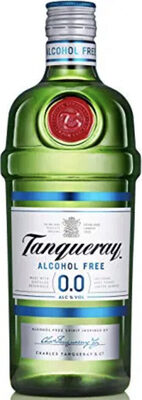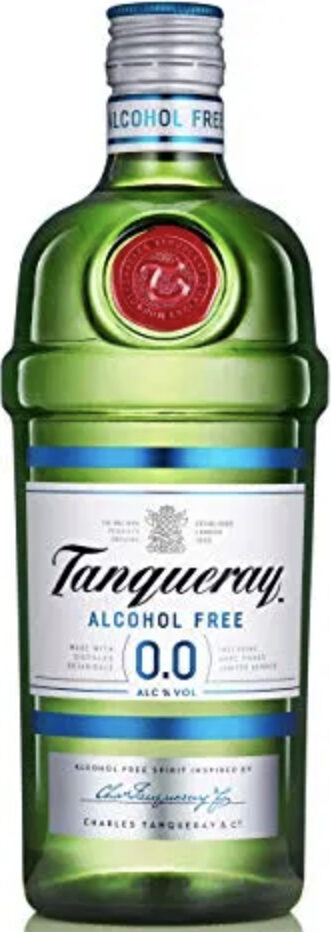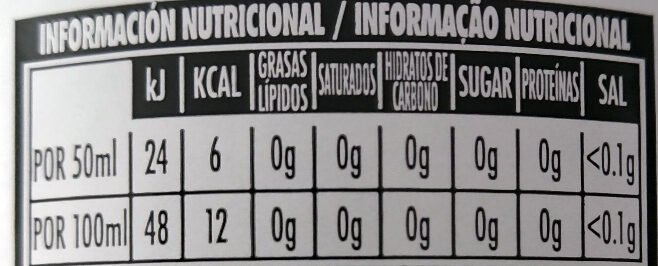Alcohol free 0.0% - Tanqueray - 700ml
This product page is not complete. You can help to complete it by editing it and adding more data from the photos we have, or by taking more photos using the app for Android or iPhone/iPad. Thank you!
×
Barra-kodea: 5000291025510 (EAN / EAN-13)
Izen arrunta: Bebida sin alcohol de tipo espirituoso con edulcorantes elaborada a partir de productos botánicos y otros aromas naturales
Kopurua: 700ml
Ontziratzea: es:Green dot
Markak: Tanqueray
Kategoriak: en:Beverages, en:Non-alcoholic beverages
Etiketak, ziurtagiriak, sariak:
en:Do not freeze, en:Green Dot, en:Natural flavors, en:No alcohol, en:With sweeteners
Link to the product page on the official site of the producer: https://www.tanqueray.com/en-gb/gins/tan...
Dendak: Mercadona
Saltzen diren herrialdeak: Espainia
Matching with your preferences
Ingurumena
Ontziratzea
Transportation
Report a problem
Datuen iturria
Product added on by kiliweb
Last edit of product page on by ecoscore-impact-estimator.
Produktuaren orria -gatik editatua alia, yuka.sY2b0xO6T85zoF3NwEKvlhNWSfaB_TvUMgXRuW2Ux4ulPMLLS4tburX1GKo, yuka.sY2b0xO6T85zoF3NwEKvlkhCb4rTrg70MjXQvVOx6s6sI4zkY44jx7LmCas, yuka.sY2b0xO6T85zoF3NwEKvllVDftns-yieFwL6uXSa4NWudKe3c9tA5IrVDas, yuka.sY2b0xO6T85zoF3NwEKvlnBuaOvGmAjjOAHSkEmJmPy2BI3wRO8t0pTkLKg.







